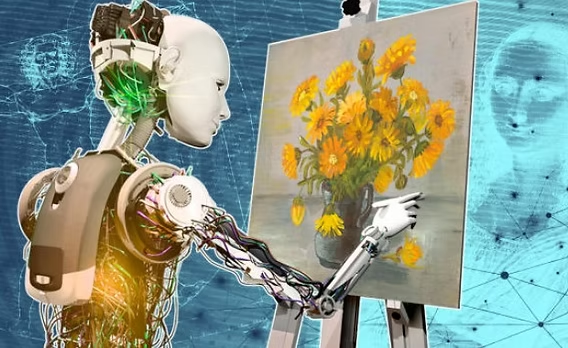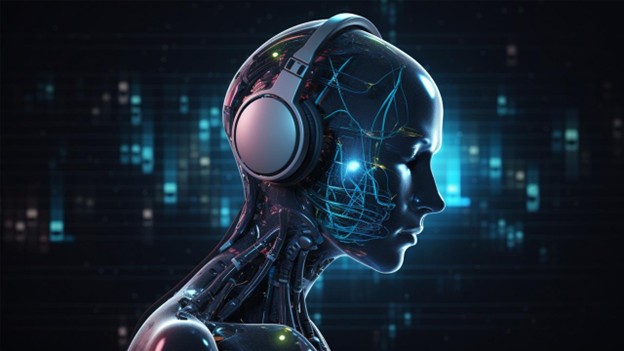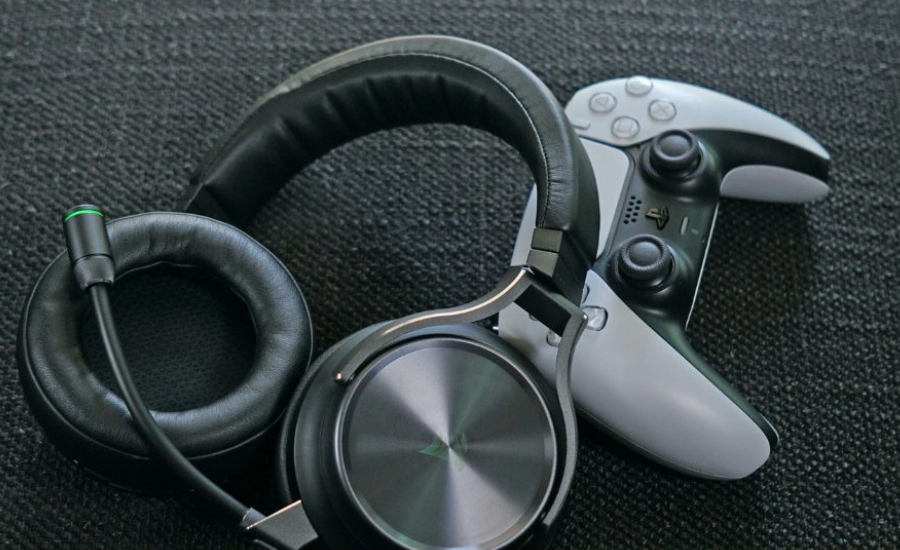The Rise of AI Image Generators: Revolutionizing Digital Creativity
Introduction
Artificial Intelligence (AI) has transformed numerous industries, and digital art is no exception. AI image generators have emerged as powerful tools that allow users to create stunning visuals with minimal effort. These tools leverage machine learning algorithms, particularly Generative Adversarial Networks (GANs) and diffusion models, to generate high-quality images based on text prompts or existing visuals.
From professional designers to hobbyists, AI image generators are democratizing creativity, making it accessible to everyone. This article explores how AI image generators work, their applications, benefits, challenges, and the future of AI-generated art.
How AI Image Generators Work
AI image generators rely on deep learning models trained on vast datasets of images and text descriptions. The two most common techniques are:
1. Generative Adversarial Networks (GANs)
GANs consist of two neural networks:
- Generator: Creates fake images.
- Discriminator: Evaluates whether the image is real or AI-generated.
Through continuous competition, the generator improves until it produces highly realistic images.
2. Diffusion Models
Diffusion models, like Stable Diffusion and DALL·E, work by gradually adding noise to an image and then reversing the process to generate new images from random noise. These models excel at producing detailed and coherent visuals based on text prompts.
Popular AI Image Generators
Several AI-powered tools have gained popularity due to their impressive capabilities:
1. DALL·E (OpenAI) – Generates highly creative and surreal images from text descriptions.
2. MidJourney – Known for its artistic and dream-like visuals, often used by digital artists.
3. Stable Diffusion (Stability AI) – Open-source and customizable, allowing users to fine-tune image generation.
4. Deep Dream (Google) – Uses neural networks to create psychedelic and abstract art.
5. Craiyon (formerly DALL·E Mini) – A free, simplified version of DALL·E for quick image generation.
Applications of AI Image Generators
AI-generated images are being used across various industries:
1. Digital Art & Design
Artists use AI to brainstorm ideas, create concept art, and enhance their workflows. AI can mimic different art styles, from Renaissance paintings to futuristic cyberpunk.
2. Marketing & Advertising
Brands leverage AI to generate unique visuals for ads, social media, and product designs without expensive photoshoots.
3. Gaming & Entertainment
Game developers use AI to design characters, environments, and textures, speeding up production.
4. Fashion & E-Commerce
AI helps in creating virtual clothing designs and generating model photos for online stores.
5. Education & Research
AI-generated visuals assist in creating educational content, simulations, and scientific illustrations.
Benefits of AI Image Generators
- Speed & Efficiency: Produces images in seconds, saving time for artists and designers.
- Cost-Effective: Reduces the need for hiring illustrators or photographers.
- Endless Creativity: Generates unique and imaginative visuals beyond human limitations.
- Accessibility: Allows non-artists to create professional-grade images with simple text prompts.
Challenges & Ethical Concerns
Despite their advantages, AI image generators raise several concerns:
1. Copyright & Ownership Issues
AI models are trained on existing artworks, sometimes without artists’ consent, leading to debates over intellectual property rights.
2. Misinformation & Deepfakes
AI-generated images can be used to create fake news, propaganda, or deepfake content, posing ethical risks.
3. Job Displacement
Some fear AI could replace human artists, though many argue it will serve as a collaborative tool instead.
4. Bias in AI Models
If training data is biased, AI may produce stereotypical or offensive images, requiring careful oversight.
The Future of AI Image Generation
As AI technology advances, we can expect:
- Hyper-Realistic Images: AI will generate near-indistinguishable visuals from real photos.
- Improved Customization: More control over styles, lighting, and fine details.
- Integration with Other Tools: AI will merge with video editing, 3D modeling, and VR for immersive experiences.
- Ethical Regulations: Stricter guidelines on data usage and AI-generated content to prevent misuse.
Conclusion
AI image generators are revolutionizing digital creativity, offering limitless possibilities for artists, businesses, and everyday users. While challenges like copyright disputes and ethical concerns remain, the benefits outweigh the risks when used responsibly. As AI continues to evolve, it will further blur the line between human and machine-generated art, shaping the future of visual content creation.
Whether you’re an artist seeking inspiration or a marketer looking for quick visuals, AI image generators are powerful tools that are here to stay. Embracing this technology while addressing its ethical implications will be key to unlocking its full potential.
Stay Updated with the Latest News and Notifications: Arfraierq Faz Det Do





Post Comment